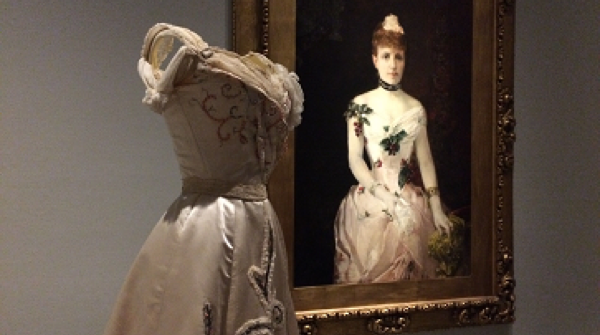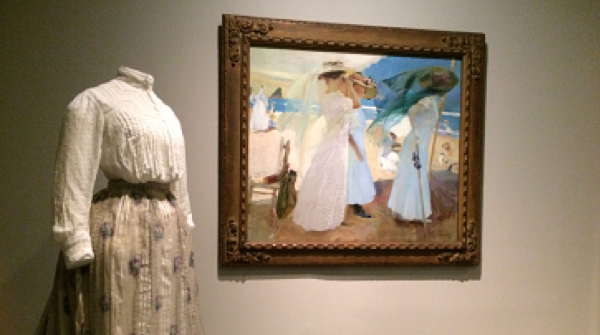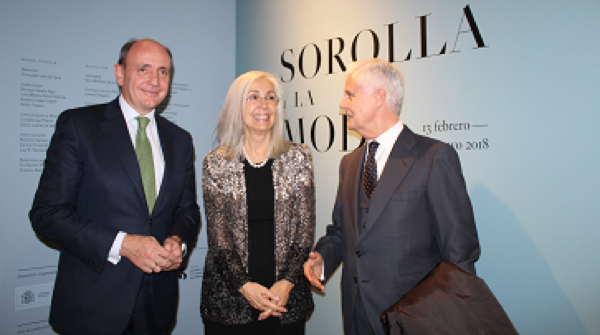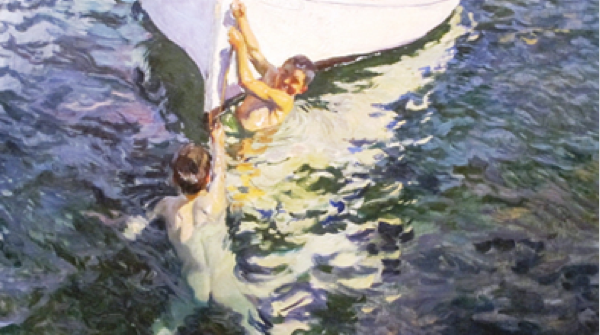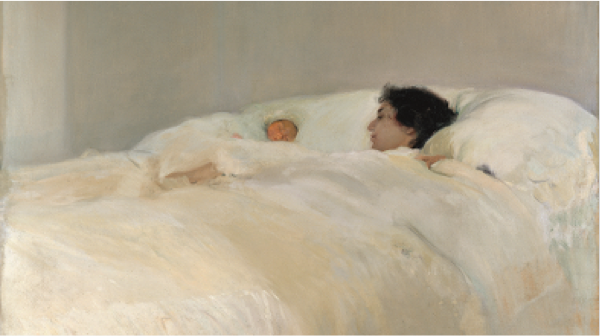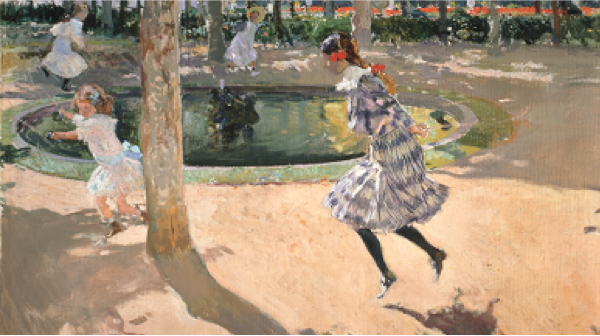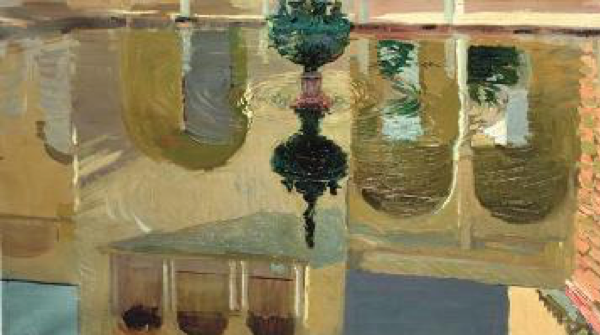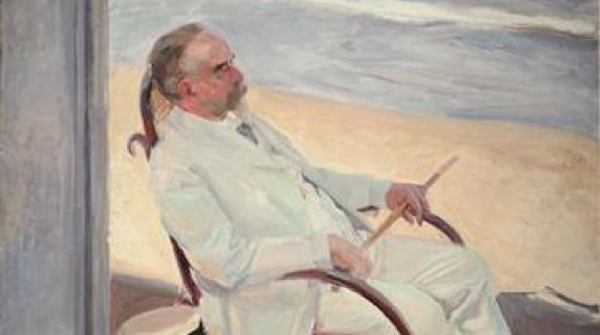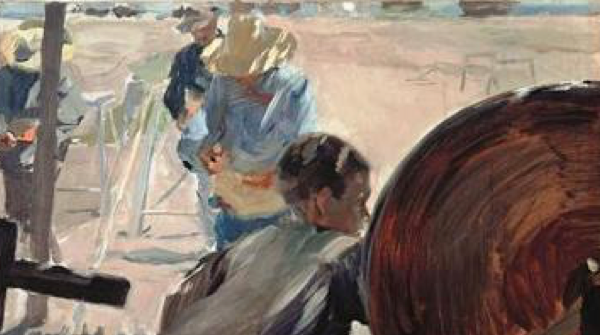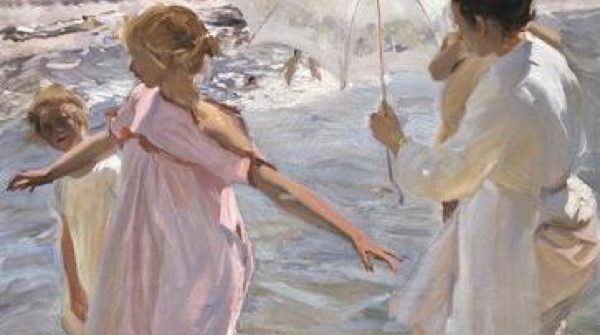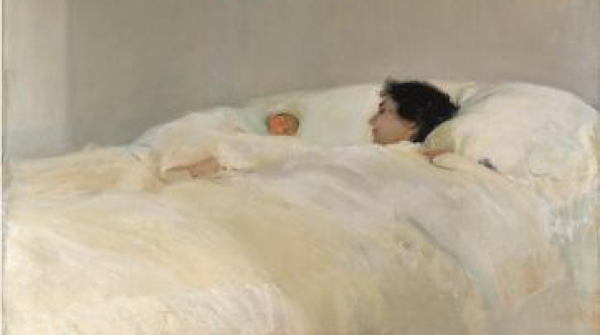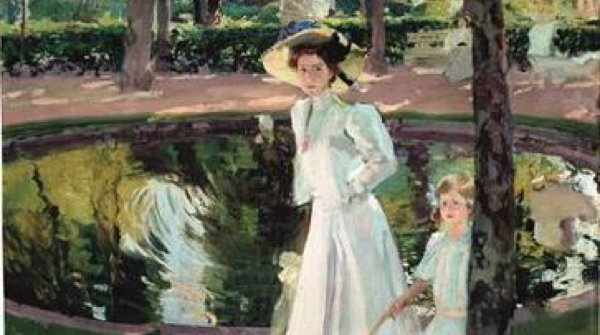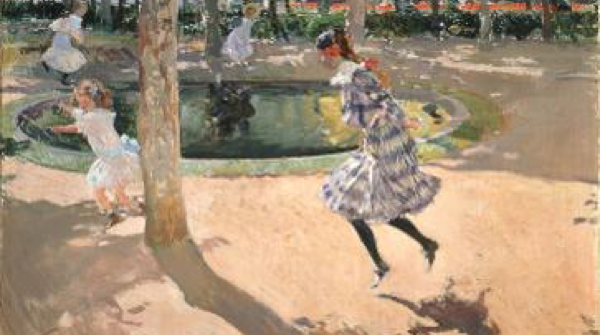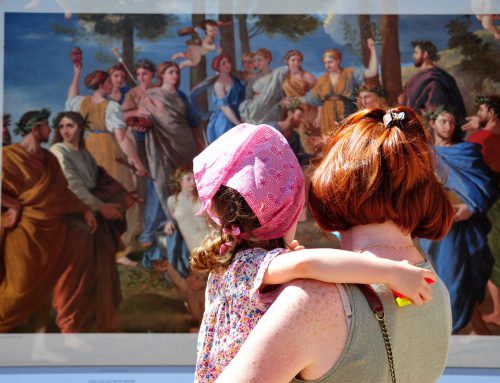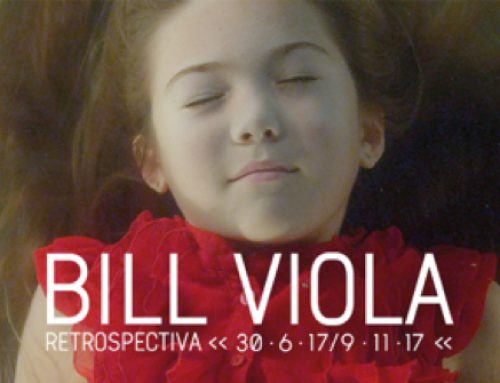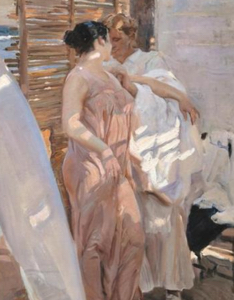
Light is the common theme in Joaquín Sorolla’s canvases, in which he registers a new sensitivity through his effects and hues.
We have been collaborating with the Sorolla Museum since 2015, with annual support for major exhibitions of the Valencian painter’s work. The house-museum aims to conserve and exhibit to the public authentic works by Joaquín Sorolla, as well as the artistic objects and furniture belonging to what was his house at Number 37 Paseo del General Martínez Campos in Madrid.
Joaquín Sorolla’s greatest legacy focused on mythological, historical and social representations of the time and he was a true master of Spanish costumbrismo. Known as the “Master of Light”, Sorolla turned light into his paintings’ main protagonist, registering a new sensitivity through his effects and hues capable of evoking vitality and beauty in his works.

